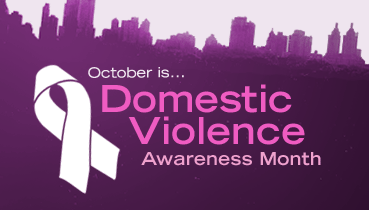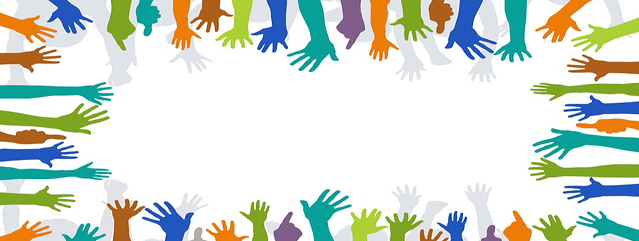Football and Concussions
It’s football season, and fans look forward to Sunday afternoons – sitting close to the television, cheering on their most-loved teams and screaming expletives at the screen when the opposition scores a touchdown.
But I am here to share with you a voice that has recently spoken much louder, not about their love of football, but about the dangers of a sport in which the primary goal is to do everything, and anything, possible to prevent the opposing team from scoring a touchdown, even if it means hurling all two hundred plus pounds of body weight at the opponent and mowing them down into the hard turf. That voice is HealthGrove, whose stated mission is “to turn complicated data into vivid and contextually-rich visualizations and knowledge products. When it comes to football and concussions, they have done just that.
HealthGrove examined data from the U.S. National Electronic Injury Surveillance System (NEISS), which gathers injury-related reports from one-hundred emergency rooms every year. The NEISS data showed that the football concussion rate far exceeded all other sports, with an estimated 17, 627 concussions occurring every year. This number is nearly double basketball and soccer related concussions combined.
With all the media attention and research focusing on football-related concussions, professional players are retiring and speaking out about their fears of allowing their children to be subjected to a sport whose brutal body maneuvers have proven to inflict lasting harm to the brain.
So if your child asks you to sign him up for Pop Warner football, please, think about it before saying yes. Remember: 17, 627 football related-concussions occur every year.
It’s worth noting that, as of 2014, there were two hundred sixty five million active soccer players in the world. As the sport has grown in popularity, so have concussions. According to NEISS data, out of all the sports they listed, soccer ranks third when it comes to concussions. Just before I finished writing this post, I learned about a New York City teenager, Thomas Jakelich, who died on October 26 due to a head injury sustained in a collision with a soccer player of the opposite team. My sincere condolences go out to his family and friends.
Read More






Recent Comments